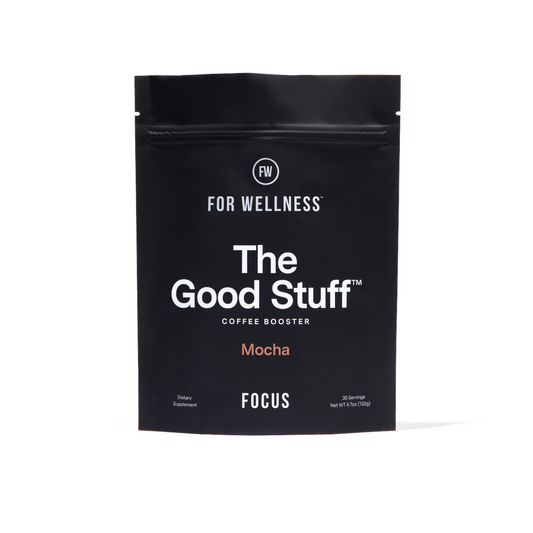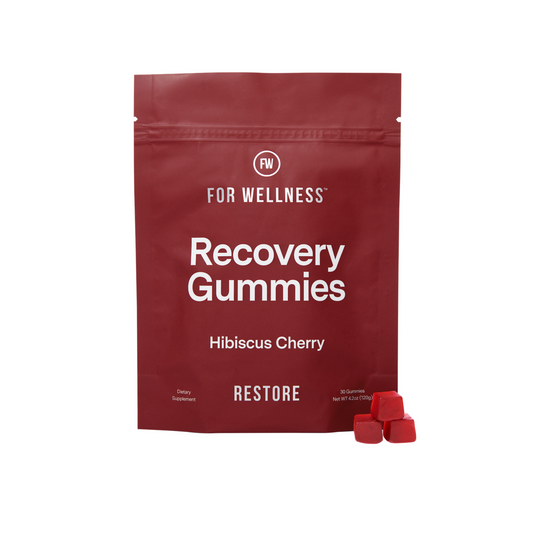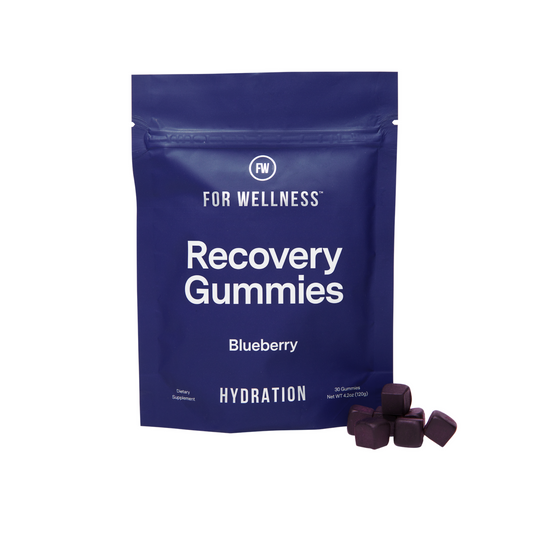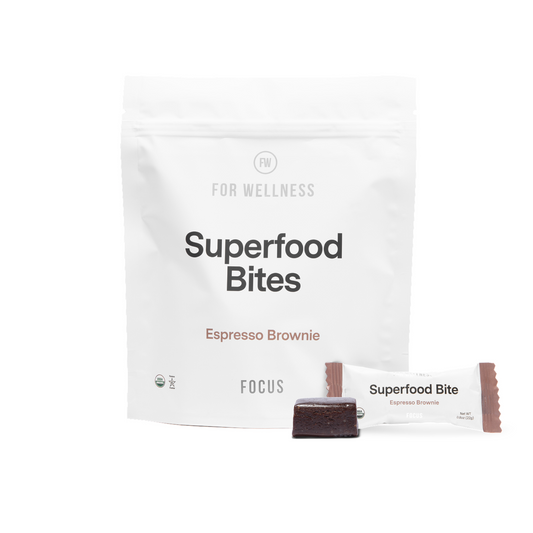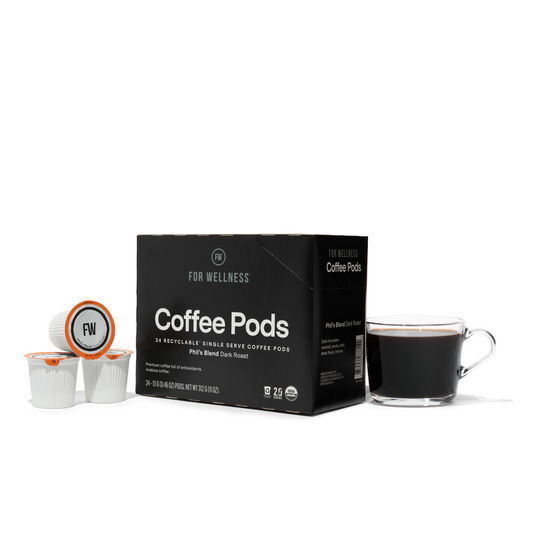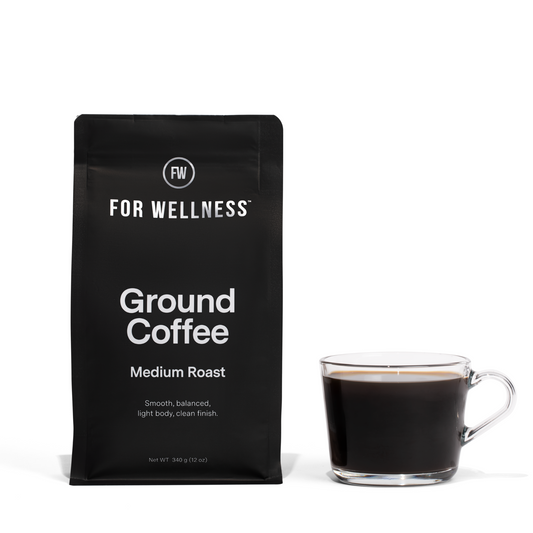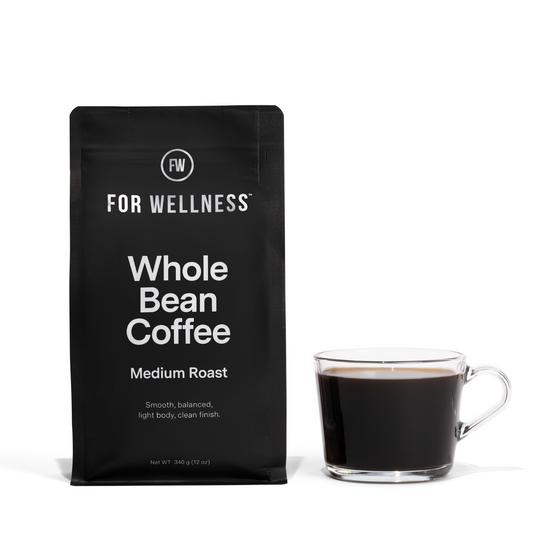Did you know that the reason you love a particular coffee, isn't just down to how it's brewed, its roast level or the coffee brand you buy?
One of the key influences in determining the taste of your coffee is actually where it comes from.
From Kenya to Brazil, coffee regions around the world boast different flavors and roasts of coffee.
To help you figure out your favorite source, we've written this handy guide, breaking down the various coffee regions and what makes them each so special.
We've also included a couple of tasting notes about the typical coffee flavor profile of each coffee-growing region, but we should warn you, this is a very broad overview!
Even within countries, coffee flavor profiles vary greatly depending on where and how they're grown - that's just the beauty of coffee!


The Good Stuff - Performance
-
One scoop will infuse your coffee with healthy ingredients
-
Ditch the bad stuff like sugar, dairy, and artificial creamers
-
Fights inflammation and supports skin and joint health
-
Makes your coffee taste great
How Widespread is our Love of Coffee?
Recent statistics show that coffee is the second most consumed beverage globally.
In 2022, the worldwide coffee market boasted a revenue of $460 billion.
Besides the flavor and the energy coffee gives you, there is a lot to love about coffee. Coffee can enhance heart health, reduce body fat and reduce the risk of liver disease.
It’s nice to love something that loves you right back!
With the world sharing a grand desire for great coffee, for many countries, coffee has become a key export. This is why we're so lucky to have such a wide variety of flavor profiles at our fingertips.
The Origins of Coffee
It's not known for sure exactly where coffee originated, but one of the most widely accepted stories is that of an Ethiopian goat herder. According to that legend, coffee dates back centuries to the Ethiopian plateau, in the ancient coffee forests where goat herder, Kaldi, first discovered the beloved beans’ potential.
Kaldi found coffee when he gave his goats berries from a certain tree. The goats had extra energy and didn't want to sleep. Kaldi reported these findings to the local monastery’s abbot. The abbot drank the “berries” and remained alert for hours; so he shared his discovery with the monks at the monastery. News of energizing berries soon spread to the Arabian Peninsula, catapulting coffee to new heights, and starting its journey to the global phenomenon it is today.
Word of Coffee Moves to the Arabian Peninsula
The Arabian Peninsula began to trade and cultivate coffee. In the 15th century, the Yemen district of Arabia grew coffee. By the 16th century, an appreciation for coffee had burgeoned in Egypt, Syria, Turkey, and Persia. By the 17th century, coffee was on its way to Europe.
Coffee Around the World
While you can access coffee worldwide, there are three main coffee regions where it grows. Together, these regions make up The Bean Belt, a zone stretching along the Equator and sitting between the Tropic of Capricorn and the Tropic of Cancer.
In this “Bean Belt” are the three coffee-growing regions. They are Africa, Asia, and Central and South America. Around the globe, coffee-growing regions cover the equatorial and subtropical territories.
Central and South America Regions
Brazil
The biggest global supplier of coffee is Brazil, a title that they have enjoyed for 150 years thanks in part to their tropical climate which is perfect for growing beans.
Annually, Brazil produces 3,019,051 tons of coffee. Brazil has plantations that cover approximately 10,000 square miles, mostly in the southeastern states.
Typical Brazilian coffee flavor profile: low acidity, notes of caramel and chocolate
Colombia and Guatemala
Guatemala and Colombia are leading contenders in coffee production. These countries have rich volcanic soil and rugged landscapes, which are brilliant for growing coffee.
The coffee production forecast for Guatemala, according to the USDA, is 3.47 million 60-kilogram bags - a ten percent increase from 2020 to 2021.
Typical Guatemalan coffee flavor profile: full body, slight toffee-like sweetness
Meanwhile, Colombia is heading for an eight-year low in coffee production, with experts predicting Colombia’s harvest will drop to approximately 12 million 60-kilogram bags. This could be the lowest since 2014. The reason for the reduction in production is strong rains coming from the La Nina weather phenomenon.
Regardless, Colombia is especially famous for its coffee quality and flavor. Because of its popularity, Colombia is the world’s third largest coffee exporter.
Typical Colombian coffee flavor profile: sweet, citrusy, slight nuttiness or chocolate tones, spicy aroma
Honduras, Peru and Costa Rica
Exporters from the Americas also include the countries of Honduras, Peru, and Costa Rica. Honduras is the world's sixth largest producer, making 362,367 tons of coffee, annually.
Peru produces 277,760 tons of coffee, placing them at number eight.
Costa Rica
And, while they may be small in scale compared to Brazil, Costa Rica has a reputation for growing some of the best coffee beans in the Central American region, producing 87,490 tons of coffee each year. A lot of their coffee production in on small farms called fincas.
Simmilar to Colombia and Guatemala, Costa Rican coffee benefits from the extensive volcanic soil that makes up the country's terrain.
In fact, until recently it was illegal to grow anything but Arabica coffee in Costa Rica, in an effort to preserve the quality of coffee output in the country.
Typical Costa Rican coffee flavor profile: clean, fruity with notes of honey, chocolate, citrus and vanilla. Vibrant with a light body.
Coffee Regions in the Americas
From 2019-2020, Mexico exported $399m of coffee, making it the 20th largest exporter in the world.
Production mostly occurs in Mexico’s south-central to southern regions. Mexican coffee grows particularly well in the Soconusco, Chiapas coastal region which is near the border of Guatemala. Mexico also grows coffee in the lowlands of Veracruz and Oaxaca.
Mexico primarily produces Arabica coffee beans, although recently has been producing Robusta beans as well.
The United States of America
Even the United States produces some coffee beans! There are thousands of farms across the country.
However, probably the most famous is the coffee grown is on the Big Island, in Kona, Hawaii.
Kona coffee is unique to the area it's grown in, and similar to the way champagne isn't true champagne unless it comes from the Champage region in France, Kona coffee can only come from the Kona coffee belt in Hawaii.
Typical Kona coffee flavor profile: delicate, sweet, nutty, fruity flavor, slight acidity.
Overall, in terms of quantity though, Hawaii isn't a major player on a global scale, producing about five million pounds annually of green coffee, or about $250 million in revenue. That's less than one percent of coffee production worldwide.
African Coffee Growing Regions
Ethiopia
As - according to the legend we touched on earlier - Ethiopia is the first coffee-growing region in Africa, it's only natural the country has a strong reputation as a producer.
Coffee production in Ethiopia reaches 469,091 tons annually, placing the country among the top five producers in the world. With their rich history, even today producers hand cultivate and dry Ethiopian coffee.
Kenya
Kenya coffee is among the most sought-after globally, however, output has dropped from 129,000 tonnes annually to 40,000 due to a variety of factors including management breakdowns, climate change and global pricing changes.
Interestingly, domestic coffee culture is nowhere near as widespread as it is in neighboring Ethiopia. There, almost half of local production is consumed domestically, where in Kenya, locals drink just 5% of coffee output (although that number is growing).
Uganda
Uganda is a perfect location for growing superb coffee with its rich soils, tropical climate, and varying altitudes. Robusta coffee is native here, dominating Uganda’s production and exports.
Since the mid-1970s, there has been a steady growth in producing Arabica coffee beans in this area of the world, too. Interestingly, while the coffee in Uganda is high quality, many citizens of Uganda don't often drink it, typically choosing tea instead (although younger generations are increasingly taking up coffee also).
The Coffee Regions of Asia
The next stop along the Bean Belt is Asia.
Asia’s two major coffee-growing regions are Indonesia and Vietnam. Indonesia produces 639,305 tons of coffee annually, while Vietnam produces 1,460,800 tons of coffee annually, making it the second largest coffee exporter in the world.
Vietnam
Dating back to the 19th century, Vietnam was on the map for coffee cultivation, establishing its nation as an economic force. The Vietnam war interrupted production, resuming after the war, but with lower output. It was not until the mid-1980s that production picked up, because the government allowed the ownership of private coffee farms. Since then, Vietnam’s production of coffee beans has flourished.
Typical Vietnamese coffee flavor profile: higher caffeine Robusta coffee, more acidic, notes of dark chocolate and hazelnut.
Indonesia
The Indonesian Islands are famous for their coffee quality. They're also the origin of the term 'java', because that island was the number one exporter in the 17th century. In 2020, Indonesia was the 9th largest coffee exporter in the world.
Indonesia coffee is typically wet-processed, which brings more acidity and clarity to the bean's flavor.
Typical Java coffee flavor profile: nutty, malty, bright
Make Coffee Your New Secret Weapon
With so many coffee regions producing coffee beans, it can be hard to know where to start when shopping.
That's why we've done the hard work for you, sourcing the world's best coffee and delivering it straight to your doorstep.
Plus, it's chosen because it goes perfectly with The Good Stuff, creating a delicious combination full of antioxidants and functional ingredients.



